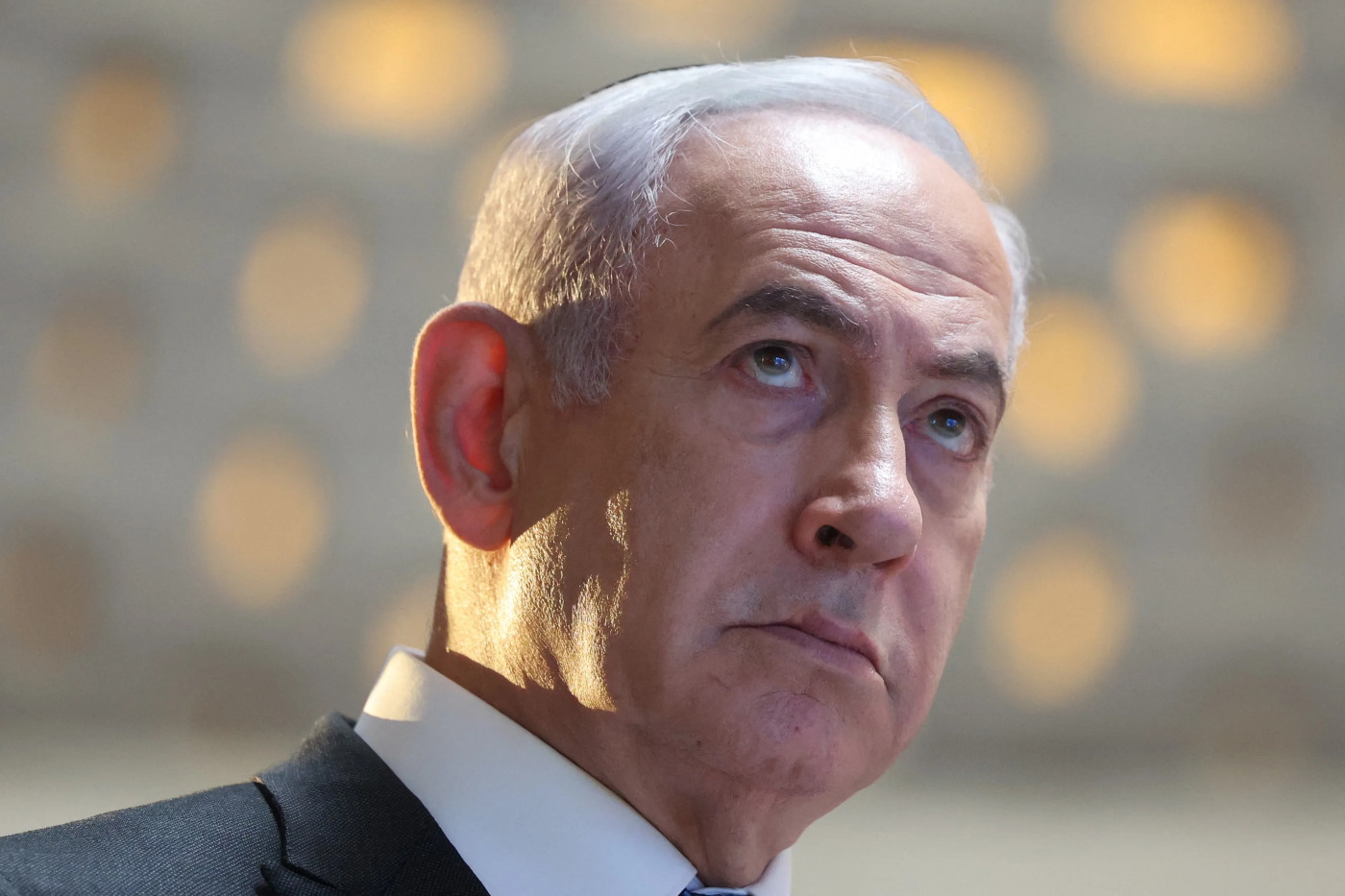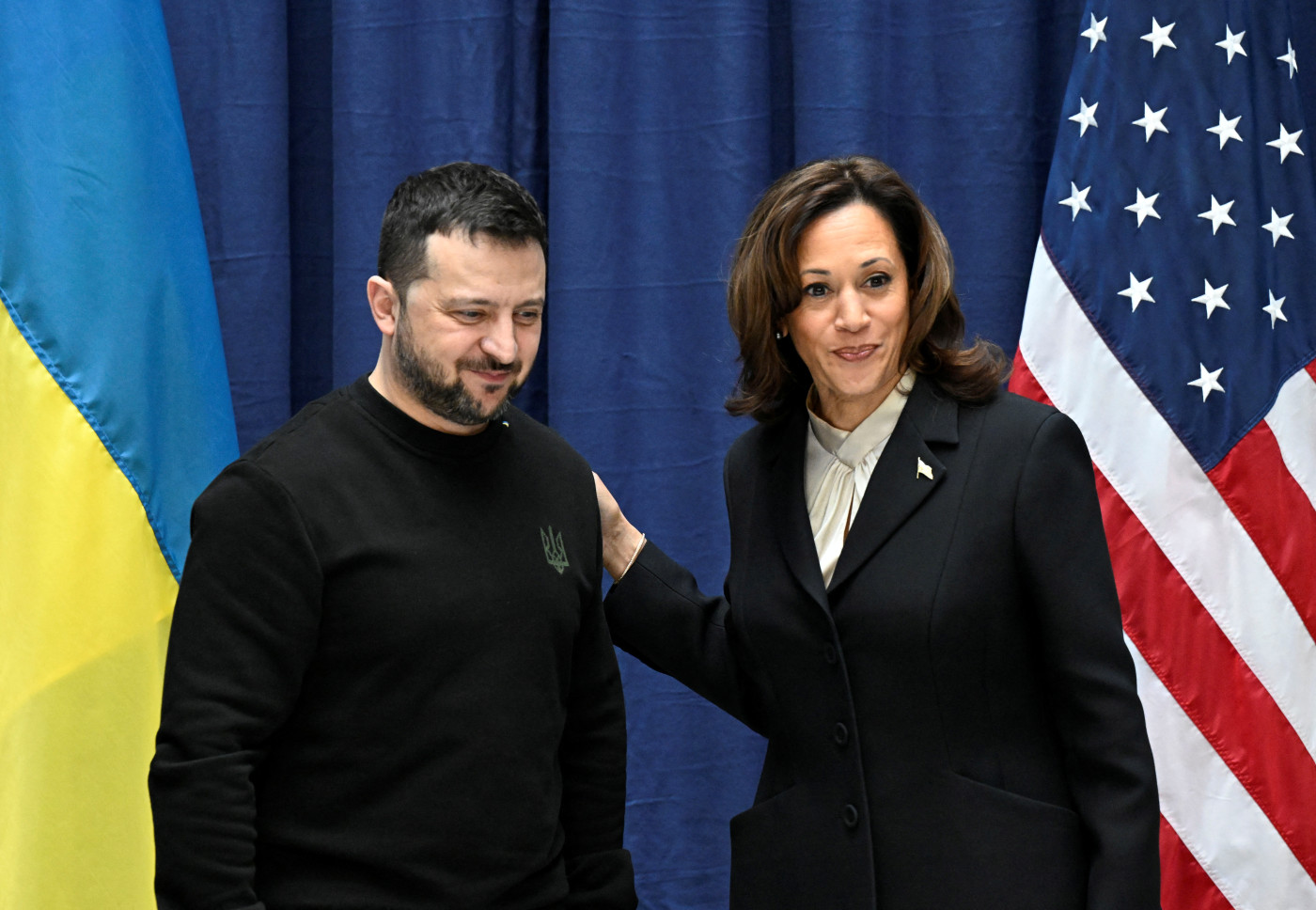Japan and NATO Allies Flex Air Power on Russia's Eastern Flank
With a common Russian threat in mind, NATO and Japan are deepening their military cooperation as multiple European air forces deploy in the Northeast Asian country this summer.
A series of exercises began on Friday and will conclude on August 8, according to the Japan Air Self-Defense Force. The European participants are France, Germany, Italy and Spain. The NATO members and Japan are security allies of the United States.
Japan is a NATO partner in the Indo-Pacific as the alliance expands its role in the region. Tokyo has committed to supporting Ukraine since Russia's full-scale invasion two years ago, providing assistance packages to Kyiv.
While Russia has attacked a sovereign state in Europe, a territorial dispute with Japan in Russia's Far East region remains unsolved. The Southern Kuril Islands, claimed by Japan as the Northern Territories, are currently under Moscow's control.
In a protest issued to Japan's embassy in Moscow on June 28, the Russian foreign ministry claimed Tokyo's decision to conduct military activities with NATO off the coast of Russia's Far East was "categorically unacceptable."
Aircraft from France, Germany and Spain are on the Pacific Skies 24 deployment in the Indo-Pacific region, according to the German armed forces.
A two-day tactical training exercise involving the French and Japanese air forces commenced on Friday. The French deployed four Rafale fighter jets and six supporting aircraft to Hyakuri Air Base near Tokyo, while two Japanese F-2 fighter jets also took part.
Simultaneously, a detachment of 12 Eurofighter Typhoon fighter jets and 10 supporting aircraft of the German and Spanish air forces carried out a trilateral training exercise with four F-15 Eagle fighter jets from Japan.
The exercise was held at Chitose, an important base in northern Japan, from where the country's maritime borders are monitored in an area where Russian warships transit nearby waterways including the Soya Strait, also known as the La Perouse Strait.
A four-day exercise, named Nippon Skies, began on Monday at Chitose involving Japanese F-15 Eagles, three German Typhoons and three German support aircraft.
The Italian Air Force will deploy four F-35A Lightning II stealth jets and four Eurofighter Typhoons, as well as three supporting aircraft, in a three-day exercise, Rising Sun 24, beginning on August 6. Four F-35A Lightning IIs are also taking part in the exercise, which will be held at Misawa Air Base, a major facility shared by the U.S. and Japanese militaries in the north of Japan's main island of Honshu.
After their stay in Japan, European aircraft and personnel will proceed to Hawaii and Australia to take part in two major multinational exercises—the U.S.-led Rim of the Pacific (RIMPAC) exercise and Exercise Pitch Black hosted by the Royal Australian Air Force.
Lieutenant General Ingo Gerhartz, the Chief of the German Air Force, said the joint-training will increase the capability of Germany's security partners in the Indo-Pacific region and prove that they can enforce the principles of a rules-based international order in an emergency.
Japan's military said training with NATO forces aimed to realize a "free and open Indo-Pacific." China, a quasi-ally of the Kremlin while also having a territorial dispute with Japan, responded that Tokyo should not spearhead NATO's extension into the Asia-Pacific.
NATO is a Cold War vestige "but keeps hyping up regional tensions, inciting bloc confrontation, and creating pretexts to engage Asia-Pacific countries," said Lin Jian, spokesperson of the Chinese foreign ministry, at a press conference in Beijing on July 12.
Disclaimer: The copyright of this article belongs to the original author. Reposting this article is solely for the purpose of information dissemination and does not constitute any investment advice. If there is any infringement, please contact us immediately. We will make corrections or deletions as necessary. Thank you.




